
Usman Khan was deluded, deceptive and dangerous.
And on a cold November afternoon in 2019, those three swirling character traits that had surfaced briefly but consistently during his adult life combined to deadly effect.
Much was known and recorded about homegrown terrorist Khan’s deviant behaviour before that fateful day.
He was jailed in 2012 for plotting a terror camp in his parents’ homeland of Pakistan, and was known in prison as the “main inmate” for extremist views.
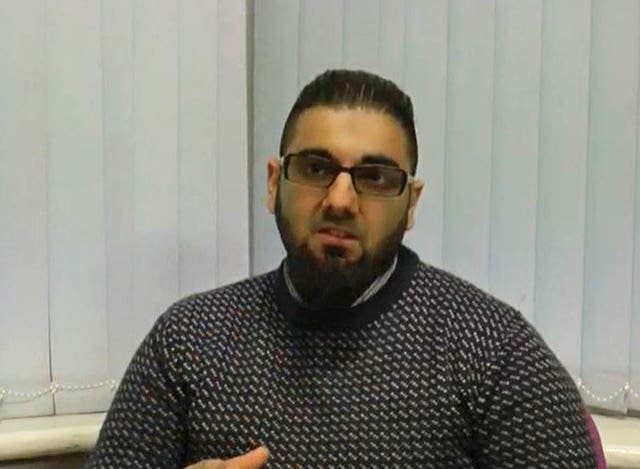
Khan was so notorious, in fact, that he was classed as being among the top 0.1% of the most dangerous prisoners in England and Wales when he was released into the community as a category A, high-risk offender on Christmas Eve 2018.
Less than a year later, aged 28, Khan was dead.
He was shot by armed police on London Bridge, approximately 15 minutes after he strapped kitchen knives to his hands and fatally stabbed Cambridge University graduates Jack Merritt and Saskia Jones at nearby Fishmongers’ Hall, apparently having sought out two young people who embodied everything he sought and failed to be.
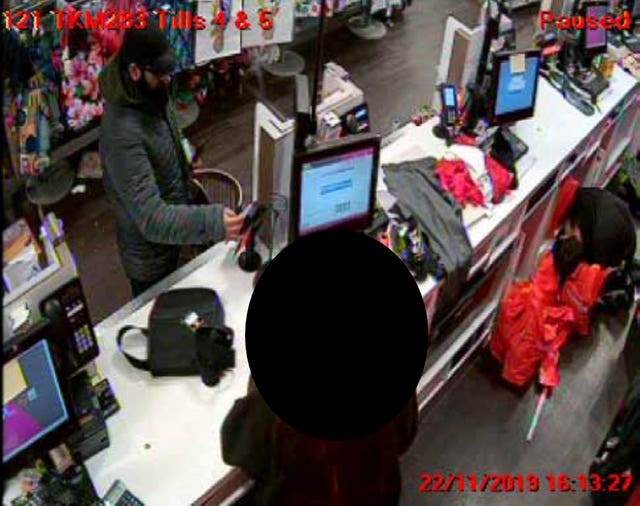
Khan was born in Stoke-on-Trent, Staffordshire, on March 10 2001. He was the sixth of seven children, and went to a local state comprehensive school but dropped out aged 14 or 15.
Then, in November 2017 while an inmate at HMP Whitemoor, Khan applied to enrol on a creative writing course with the Cambridge University-affiliated prisoner education programme Learning Together, which set him on a path to meet co-ordinator Mr Merritt.
Learning Together bosses denied that Khan was seen as a “poster boy” for their programme, and that they had impressed sponsors and supporters by this “terrorist-made-good success story”.
Nevertheless, it was suggested by the victims’ lawyers at the inquests into the Fishmongers’ Hall atrocity that the attention of such a prestigious organisation inflated the ego of someone at the opposite end of the educational brilliance spectrum.
Indeed, Khan loftily applied for management-grade jobs upon his release from prison, despite his obvious lack of both experience and qualifications, while he also harboured plans to study for a Masters degree at Cambridge.
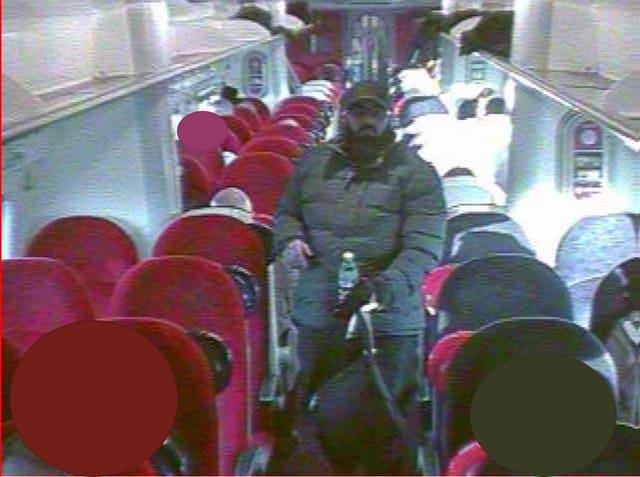
In reality, Khan was turned down for jobs repeatedly during his 11 months as a free man, including by Timpsons – one of the largest employers of ex-offenders in the country – due to his previous terror conviction.
It was during his teenage years that he became interested in the extremist views of prominent figures Anwar al-Awlaki and Anjem Choudary, head of the banned terror organisation al-Muhajiroun.
He later admitted planning a terror training camp to send anti-West fighters to the UK and was handed an indeterminate sentence which was varied upon appeal to an extended sentence. As such, he was released without parole after eight years inside.
Khan was described as an “influential” inmate who associated with other high-profile terrorists, including Fusilier Lee Rigby’s killer Michael Adebowale, while Khan later told people he had mixed at various times with the likes of hooked cleric Abu Hamza and notorious prisoner Charles Bronson.
Khan was described as being a “model prisoner” in a special meeting involving MI5, Staffordshire Police Special Branch and West Midlands Police counter-terrorism unit a fortnight before his release.
The reality was very different. He was found to have hidden a razor and stockpiled chemicals in his cell, he assaulted a prisoner, he cheered a terrorist attack in Barcelona, and deliberately talked through the two-minute silence for Remembrance Sunday.
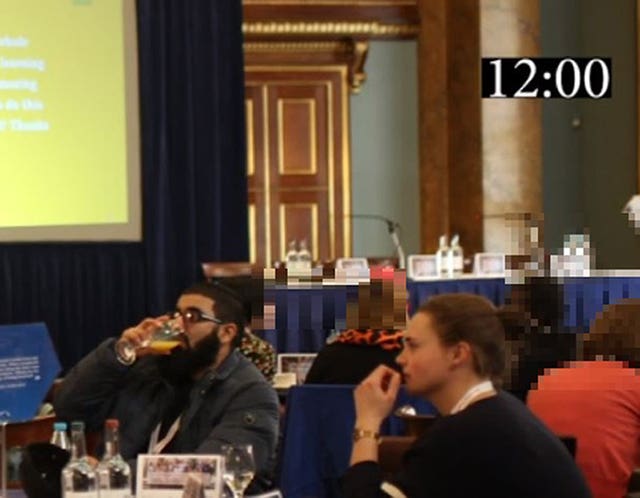
Khan’s behaviour apparently showed marked improvement in the months before his release, though an internal report suggested any compliance may have been a deceit intended to secure his release from jail.
Indeed, intelligence two months before he was freed from HMP Whitemoor suggested he “would return to his old ways” – interpreted as meaning terrorism – and that he was planning an attack. And so it proved.
But he successfully convinced his prison chaplain Reverend Paul Foster and probation officer Ken Skelton that he had changed his ways for the better, with Mr Skelton assessing Khan’s likelihood of reoffending and risk of extremist offending as “low” in the days before he struck.
This was despite Khan occasionally letting his mask slip, including on one occasion when he became angry with his mentor about his restrictive licence conditions – the witness later describing Khan as having “hate in his eyes and real evil intent” before suddenly checking his temper.
He even succeeded in duping Mr Merritt, who insisted Khan had been “de-radicalised” when a Learning Together colleague raised concerns about possible terrorist imagery in a poem Khan wrote ahead of his release.
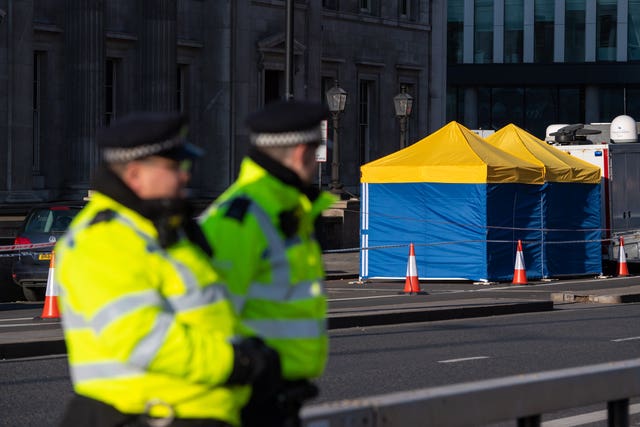
Even on the day of the attack, wearing a fake suicide belt and carrying a backpack containing the eventual murder weapons, Khan bounded over to his former prison counter-terrorism governor, offered him a hug, and declared: “I have learnt that violence isn’t the path.”
Another lie – but one which would have profound consequences on the lives of two young academics and all those present at Fishmongers’ Hall that awful day.


Comments: Our rules
We want our comments to be a lively and valuable part of our community - a place where readers can debate and engage with the most important local issues. The ability to comment on our stories is a privilege, not a right, however, and that privilege may be withdrawn if it is abused or misused.
Please report any comments that break our rules.
Read the rules here